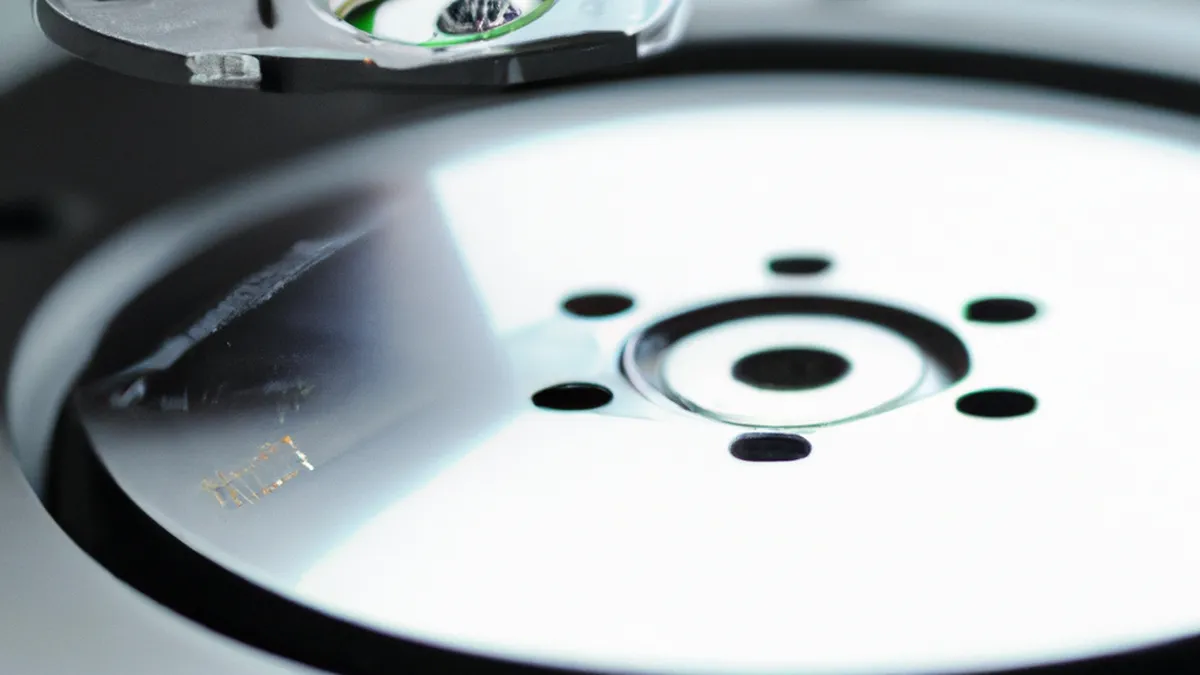Diagnosis of Sleep Apnea Explained
Understanding Sleep Disorder Diagnosis MethodsSleep disorders disrupt nightly rest and daily functioning for millions worldwide. Proper diagnosis ensures effective treatment, allowing healthcare providers to identify specific disorders and recommend interventions. This blog post explores methods for diagnosing sleep disorders and highlights their importance.
Common Sleep Disorders
Understanding common sleep disorders helps recognize the need for diagnosis. Each disorder presents unique symptoms and challenges.
Insomnia
Insomnia affects many people, causing difficulty falling asleep, staying asleep, or waking up too early. Individuals often feel tired, irritable, and unable to concentrate during the day. Various factors, such as stress and anxiety, contribute to insomnia. Chronic insomnia significantly impairs daily functioning and quality of life.
Sleep Apnea
Sleep apnea causes repeated interruptions in breathing during sleep. These interruptions lead to loud snoring, gasping for air, and frequent awakenings. Sufferers often experience poor sleep quality and excessive daytime fatigue, affecting productivity and health. Risk factors include obesity, smoking, and anatomical features like a thick neck.
Restless Leg Syndrome
Restless Leg Syndrome (RLS) creates uncomfortable sensations in the legs and an urge to move them. Symptoms worsen during inactivity, particularly at night, disrupting sleep. Individuals with RLS may struggle to fall asleep or stay asleep, leading to chronic sleep deprivation. Factors like iron deficiency and certain medications can exacerbate RLS.
Initial Evaluation
As an Amazon Associate I earn from qualifying purchases.
Gear tip: consider white noise machine, infrared heating pad, and sleep mask to support this topic.
An initial evaluation by a healthcare provider begins the diagnosis process. This evaluation includes a thorough interview about sleep habits, medical history, and lifestyle factors. Keeping a sleep diary helps patients track their sleep patterns, noting sleep times and disturbances.
Sleep Questionnaire
Healthcare providers often use sleep questionnaires during the initial evaluation. These tools gather detailed information about a patient’s sleep patterns and problems. Common questionnaires include the Pittsburgh Sleep Quality Index (PSQI) and the Epworth Sleepiness Scale (ESS). Honest responses provide valuable insights for further diagnostic steps.
Physical Examination
A physical examination may follow the initial evaluation to check for underlying health issues. Conditions like obesity, nasal obstructions, or thyroid problems can impact sleep quality. The healthcare provider assesses overall health and looks for physical signs that may affect sleep.
Conclusion
Proper diagnosis of sleep disorders is crucial. Understanding symptoms and evaluation methods can lead to effective treatment and improved quality of life.
Below are related products based on this post:
FAQ
What are common sleep disorders?
Common sleep disorders include insomnia, sleep apnea, and restless leg syndrome (RLS). Each disorder has unique symptoms that can significantly impact daily functioning and quality of life. Recognizing these disorders is essential for seeking proper diagnosis and treatment.
How does a healthcare provider evaluate sleep disorders?
The evaluation begins with a thorough interview about sleep habits, medical history, and lifestyle factors. Patients may also keep a sleep diary to track patterns and disturbances, which provides valuable information for diagnosis.
What tools are used during the diagnosis of sleep disorders?
Healthcare providers often use sleep questionnaires such as the Pittsburgh Sleep Quality Index (PSQI) and the Epworth Sleepiness Scale (ESS) to gather detailed information. These questionnaires help identify specific sleep issues and guide further diagnostic steps.















Post Comment